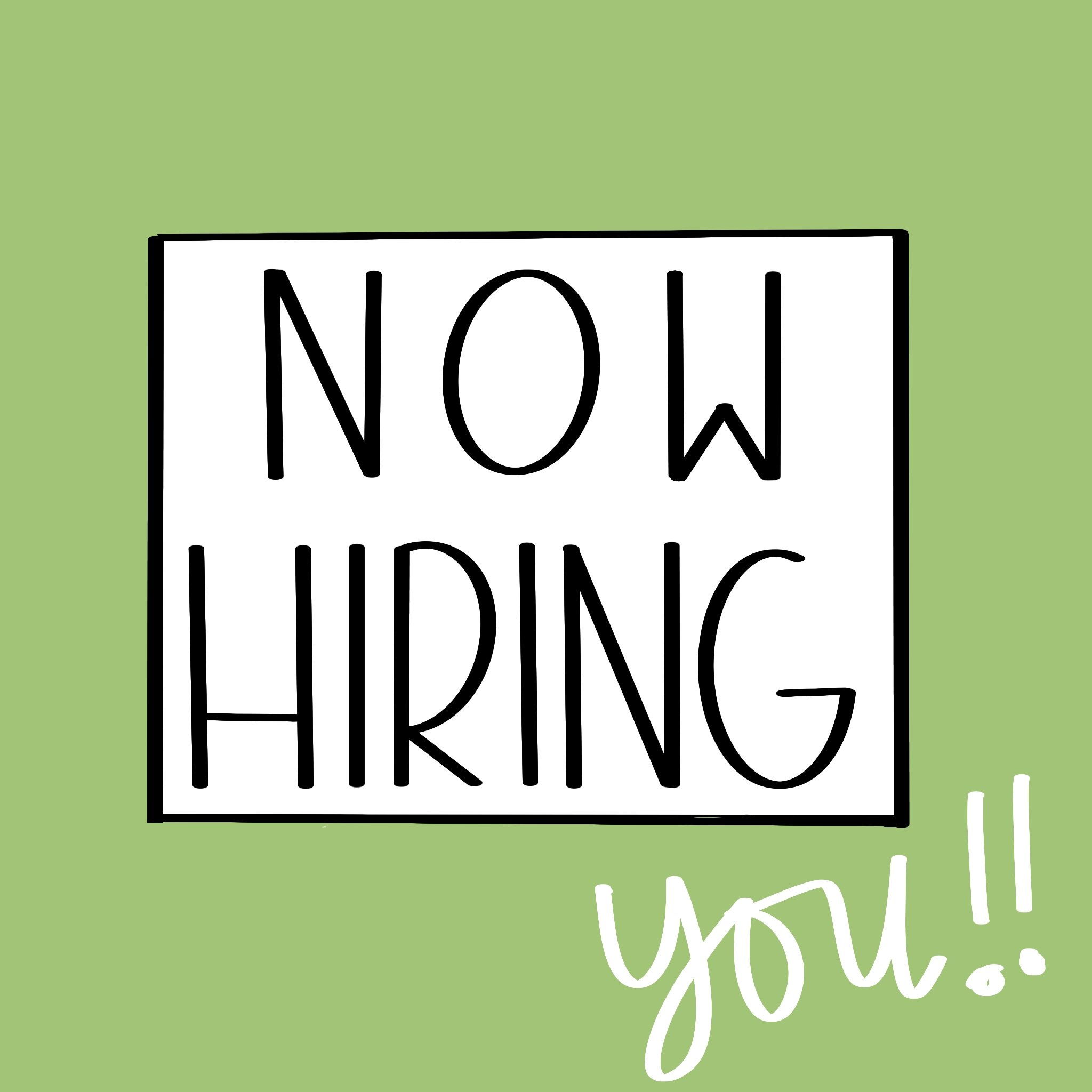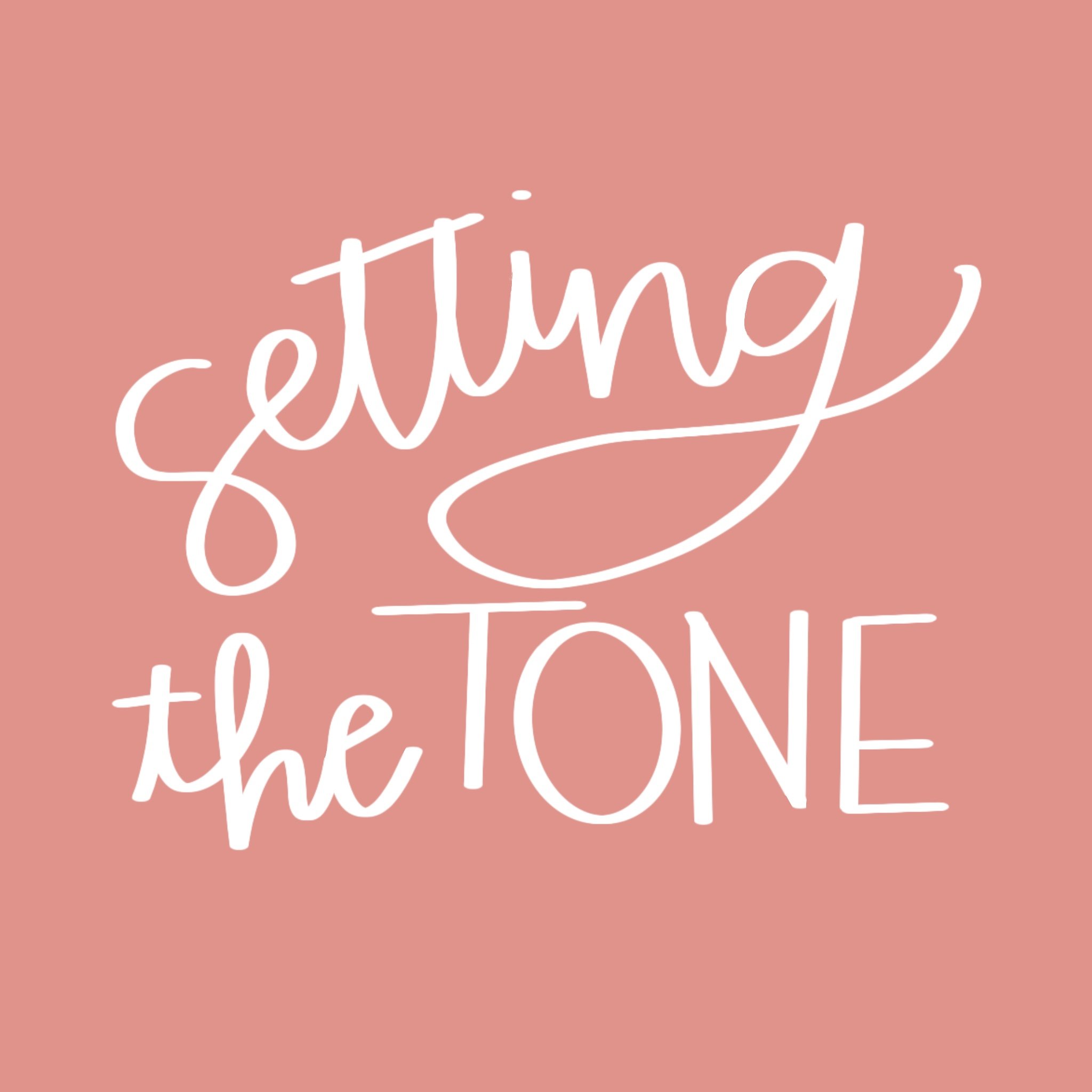What the heck is Backwards Design?
This week, I sat in on a district training session with new teachers about the Backwards Design model for lesson planning and one leaned over and whispered, “What if I don’t even know how to Forward Design yet?”
Although she was being cheeky, it was a solid observation.
First, let’s talk about both types of design!
Traditional Lesson Planning: In traditional lesson planning, you start with your text or content, build a sequence of lessons starting from the beginning, and then design an assessment.
Backwards Design: In Backwards Design, as the name alludes, you do all of those steps… just backwards. You start with the desired result (what should students be able to do), build assessment, and then build your lessons with that end goal in mind. This can be especially helpful when you have standardized assessments that you need students to be prepared for.
With that said…typically assessments are written based off of standards so… you know… it all kind of works together either way. So what’s the point of Backwards Design? Fans of Backwards Design say it helps cut out “fluffy” lessons that you might not realize are irrelevant if you just start at the beginning, potentially making this strategy more effective and efficient.
So yes, Backwards Design is totally worth exploring as a lesson planning strategy. However, back to my new teacher’s comment… is it really worth it if I’m already struggling with Forwards Design?
My answer: maybe?
The first year or two (or 3) of teaching is similar to learning how to fly a plane while it’s already in the air. You have the book knowledge and simulation practice but there’s nothing like actually being in control of the plane and following a course while you’re in the air. You are figuring out how you handle the controls and strategies for navigation, all while dodging birds. Then there’s turbulence and…it’s a lot. This may not be the moment where you are ready to completely overhaul curriculum and try something new. THAT’S OK! If all you do this year is do the exact same plans as your teammate or curriculum…guess what? You still flew the course and landed the plane.
So, take notes during these trainings. Find out what is required. Feel free to try something out if it resonates. Then, put your head down and keep learning to fly. You’ll be doing backwards donuts in no time. (Or… you know… the equivalence for planes.)



